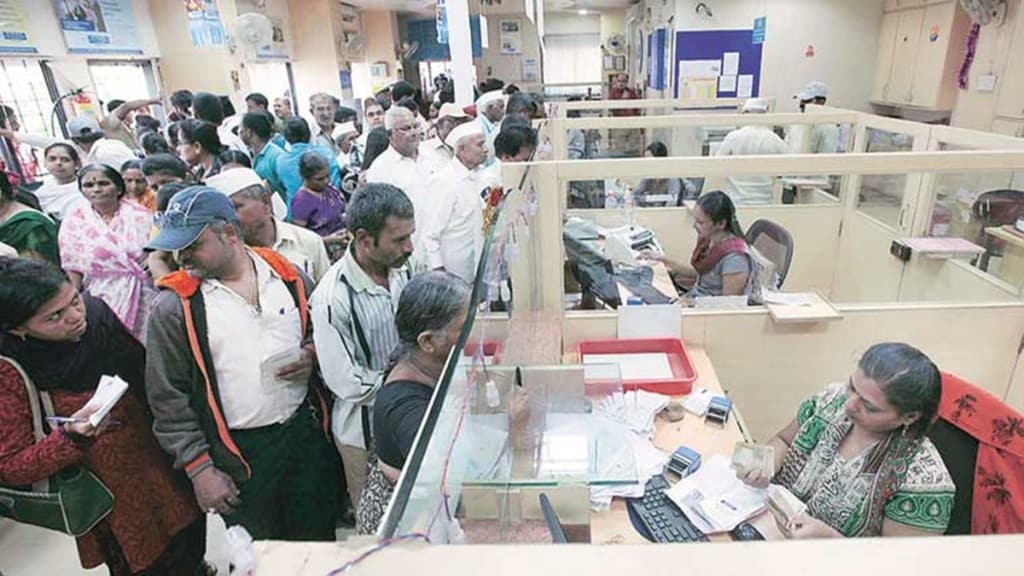The growth in non-food credit stood at 16.5% year-on-year for the fortnight ended February 10. The total credit outstanding of the banking sector was at Rs 134 trillion during the period, according to data released by the Reserve Bank of India (RBI). Although the credit growth remains strong, it has moderated from close to 18% in 2022.
The banking sector is still in a Goldilocks scenario, where lenders can grow balance sheets with extremely positive spreads, veteran banker Uday Kotak said in a conference earlier. The financial sector can grow at 1.5-2.0 times the nominal growth. The base case of the repo rate stands at 6.5-7.0%, and if global rates do not move up more than 50 bps and India moves 25 bps, banks will enjoy the sweet spot for longer period, he added.
Also read: Need to be watchful of inflationary risks: Finance ministry report
“Going forward, bankers are positive on credit demand in the ensuing quarters. Expectations on terms and conditions for loans also point to easing in successive quarters,” the RBI said in its monthly bulletin.
The current trend shows that the growth in both deposit and credit in FY23 is set to significantly surpass previous year’s level, Bank of Baroda said in a report.
Banks’ deposit deposit growth stood at 10.2% y-o-y for the fortnight ended February 10. The deposit growth has also picked up after banks raised their lending rates and contraction of system liquidity. However, there is scope for improvement in deposit growth as it still lags the loan growth.
Also read: Exports to show tepid growth, says ministry
The RBI has so far increased the repo rate by 250 basis points (bps) in the current rate cycle to 6.50%. Banks have transmitted part of it to both deposit and credit rates. Around 170 bps has been transmitted to deposit rates and 125 bps to fresh loans. However, the retail loan rate has increased by 250 bps as they are benchmarked to RBI’s repo rate, SBI said in a report. With the rise in deposit rate, banks’ deposits continue to rise and is outpacing the credit growth since Q2FY23.

